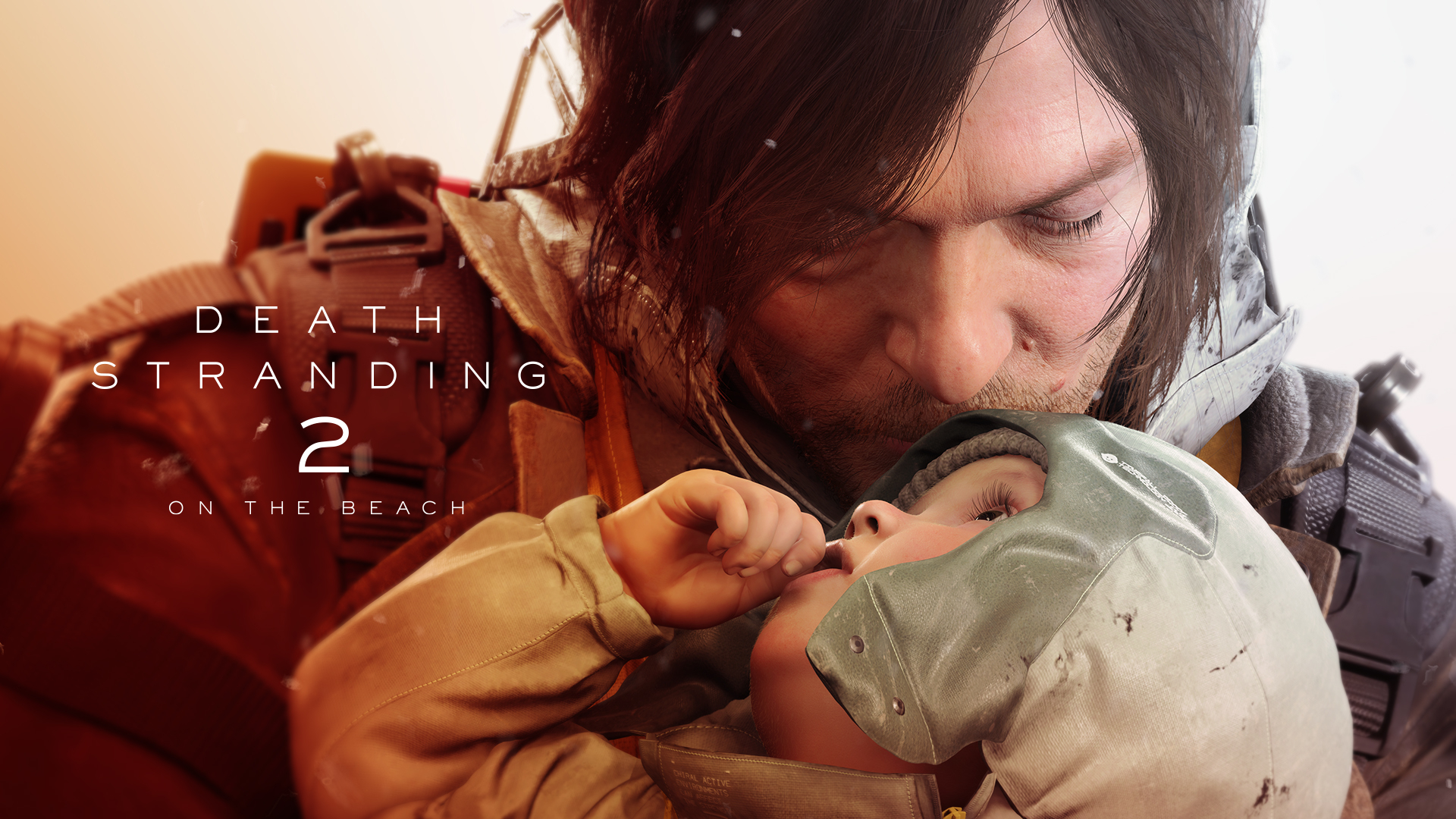“Come on now, if we all pull together, we can lift up the weight of the world from your shoulders.”
This lyric from Frank Turner`s song `Glorious You` perfectly encapsulates the core experience of playing Death Stranding 2: On The Beach. For those unfamiliar with the series, its fundamental concept revolves around players taking on the role of porters, delivering packages across a post-apocalyptic wasteland between various outposts. Prior to the first game`s launch in 2019, game director Hideo Kojima introduced the idea of a new “Strand” genre, defining it as an “action game/strand game (social strand system)” that incorporates the concept of connection.
This unique genre translates into gameplay where players can construct various tools and infrastructure – from simple climbing anchors to extensive roads – to aid in the quick and safe delivery of packages. A crucial element is the asynchronous multiplayer aspect: the structures you build seamlessly appear in other players` worlds, assisting them, just as their constructions enhance your own game. This system not only saves time and simplifies deliveries but also encourages players to contribute, knowing their efforts, like placing a zipline, will benefit others.
The first game, especially with its Director`s Cut, significantly expanded available tools and infrastructure. Naturally, Death Stranding 2 was expected to further develop these systems. However, this has led to a common sentiment among players that the sequel lacks much of the “friction” that defined the original. Many feel that while the first game struck a good balance in providing aid, Death Stranding 2 overtly streamlines the delivery process with too many convenient apparatuses.
The author agrees with this assessment. In the original Death Stranding, carrying fewer packages, often on foot, with limited tools, made every task feel monumental. In `On The Beach`, the use of trucks that store more cargo and protect against environmental hazards like Timefall (rain/snow that degrades items) makes deliveries significantly easier. While trucks are battery-powered, requiring charging, charging poles are frequently available, often constructed by other players, further reducing personal challenge.
Death Stranding 2 attempts to reintroduce friction through heightened dangers, including more frequent encounters with enemies who possess their own advanced tools, and a deadlier environment with natural disasters like flooding and landslides. Yet, despite these additions, the game`s changes still largely favor the player, making individual deliveries less demanding.

However, this shift in individual difficulty paradoxically increases the game`s emphasis on community. In the original, players built infrastructure primarily for their immediate personal needs. A ladder placed was for personal crossing; road contributions were for completing a specific leg of a journey. If it helped others, it was a byproduct, not the main objective.
In `On The Beach`, with the increased ease of moving vast amounts of materials, the motivation shifts. The author finds themselves compelled to complete entire highway and monorail systems for the sake of completion, not just personal benefit. Strategic placement of shelters is now considered not just for personal rest, but for optimal use by every other player whose game world might feature that structure.
This focus on collective effort is formalized through Death Stranding 2’s new “Aid Requests” side missions. Beyond familiar cargo deliveries, these tasks specifically ask players to build particular types of infrastructure or place certain tools in designated locations. The game moves beyond mere delivery; it wants players to actively fix the world. This introduces a new kind of friction, elevating micro-decisions from the first game to a macro, communal scale.
“I know you’ve been working, as hard as you can. To preempt the question, the expectation, and I understand.”
This overarching mission further incentivizes deliveries, as improving standing with recipients grants access to more materials. New mining facilities and monorail tracks streamline material generation and transport, enabling players to multitask and more quickly contribute to communal goals. However, transporting larger quantities for the collective also comes with inherent dangers, as all “proverbial eggs” are in one basket. The terrain is more dynamic and treacherous, leading to significant consequences if cargo, intended for the greater good, is damaged or destroyed due to recklessness.

The sting of losing these materials is magnified, as it means letting down not only oneself but a multitude of other players. This feeling resonates deeply, especially given contemporary societal challenges where institutions often fail or are weaponized. The author posits that a brighter future depends on individuals uniting to protect loved loved ones and showing empathy for strangers. Death Stranding 2 brings this mission to the forefront, making failure in this collective endeavor feel profoundly significant, mirroring real-life stakes where failure is not an option.
“So don’t you worry. All things must end. There are sunlit uplands around the riverbend.”
While the author acknowledges that individual deliveries may require less effort from the player, they appreciate how the game has expanded upon the foundation of the first Death Stranding. It pushes its systems in appropriate directions, creating a natural progression that places greater emphasis on collaborative gameplay. This evolution, likely an expectation for Kojima Productions, perhaps also stirred strong emotions, a testament to Kojima’s consistent understanding of societal progression and the human condition. In the narrative, the protagonist, Sam, bears even more responsibility to save the world, literally mirrored by the increased objects on his back. Yet, Death Stranding 2 ultimately conveys that by uniting, this immense weight can be lifted.

